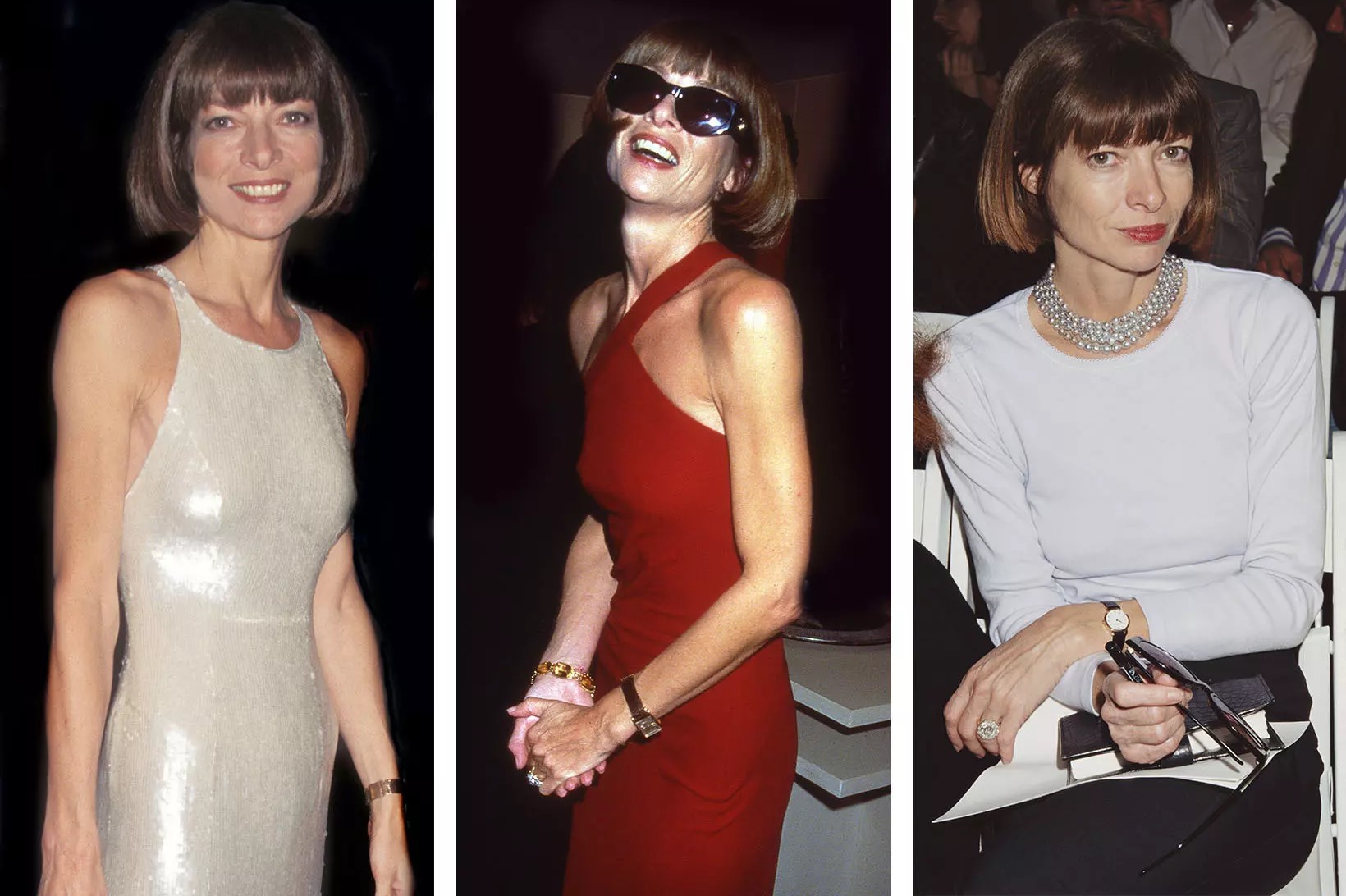The legendary editor-in-chief who inspired the movie The Devil Wears Prada: Who is Anna Wintour?
Vogue's experienced editor-in-chief was the inspiration for the protagonist played by Meryl Streep in the 2006 film The Devil Wears Prada. Wintour has been at the helm of Vogue magazine, known as the "Bible of Fashion", for 35 years.

In 2020, she was promoted to the position of global editor-in-chief of Vogue and chief global content officer of media giant Condé Nast. In her new role, Wintour is responsible for all Condé Nast group magazines (except The New Yorker) in 32 countries.
Wintour, 73, has recently been compared to the late Queen Elizabeth II for her image of a woman at the head of a shrinking empire.
Since her promotion in 2020, Wintour has brought younger talent with lower costs and lower titles to Condé Nast, replacing high-profile editors like Vogue Paris's Emmanuelle Alt and Vogue Italy's Farneti. According to Wintour, “The goal was to make everyone understand that a new era has begun and that we are working together as a global network.” She says she has only one rule for appointments: "They must be people I am happy to see both in the office and on the street."
It was the late 1960s when Wintour came of age in London. These were the days of Beatles mania, The Rolling Stones, and Mary Quant-designed miniskirts.
Dame Anna Wintour (born 3 November 1949) is a British and American media executive based in New York City who has served as Editor-in-Chief of Vogue since 1988. Wintour has also served as Global Chief Content Officer for Condé Nast since 2020, overseeing all Condé Nast magazines worldwide, and concurrently serves as the Artistic Director of Condé Nast and the Global Editorial Director of Vogue.
She spent a privileged childhood in a house in Phillimore Gardens, one of the most expensive streets in London today, near Holland Park. Her mother was a film critic. Her father, the editor-in-chief of the Evening Standard, earned him the nickname "Grumpy Charlie" because he was a difficult person.
Wintour said of her father, “He wasn't someone who found fault with everything. I've heard a lot about him being a very powerful figure at work, but we never saw that side of him at home. “He just wanted us to make our own way in life,” she says.
Wintour's journey to the top was not smooth. She left school at the age of 16. “Frankly, I was a lazy student, my siblings did very well in school,” she says.
Afterward, she worked in sales positions at Biba, which was operating under the name Harrods in those days. With the help of her father, she became an editor for Harper's & Queen fashion magazine for the first time. She impressed the employees with her designer clothes and flawless appearance. She moved to New York in her mid-twenties. Being the daughter of a famous journalist in London, being unknown here was a great luxury: "Nobody cares where you come from or what school you went to."
After her short-lived Harper's Bazaar adventure, she moved to New York magazine and persuaded the painter Jean-Michel Basquiat to create a painting for a fashion shoot. One of those who noticed Wintour was Condé Nast's clever and shrewd editor-in-chief, Alexander Liberman. She received an offer to be a creative director at Vogue.
In 1985, Liberman and Condé Nast owner Newhouse sent Wintour back to London to become editor-in-chief of British Vogue. After firing most of the staff here, she began to gain a reputation as an insensitive woman in the city's press center, Fleet Street.
Later, she returned to New York and became the editor-in-chief of House & Garden. A few months later, Newhouse, the owner of Condé Nast, received the job offer that her father had chosen for her years ago: editor-in-chief of Vogue. Her replacement, Grace Mirabella, learned that she was fired from the television program.
Wintour's first cover, in the November 1988 issue, set the new tone for Vogue and fashion in general. Model Michaela Bercu's smiling pose on the street with her eyes open and her natural attitude meant a break from the artificial covers of previous Vogue magazines shot in the studio. The model wore a Christian Lacroix top and her own jeans: this mix would later be known as “high/low.”
There were sometimes reports that she would leave Vogue. In 2018 and 2020, these rumors came to a head during the Black Lives Matter protests. She was promoted both times: First, she became Condé Nast's artistic director and had the opportunity to oversee the famous media company's US publications (except The New Yorker and Vanity Fair). She went on to become global editor-in-chief of Vogue and chief content officer of Condé Nast.
Selling more clothes is not the only motivation of those who advertise in Vogue. They also want to gain Wintour's favor and get advice from her. Vogue 100 club members can access Wintour and Vogue organizations by paying $100 thousand a year.
----------------------
The New Anna Biography Immortalizes Wintour’s Iconic Style
https://editorialist.com/lifestyle/anna-wintour-biography/
